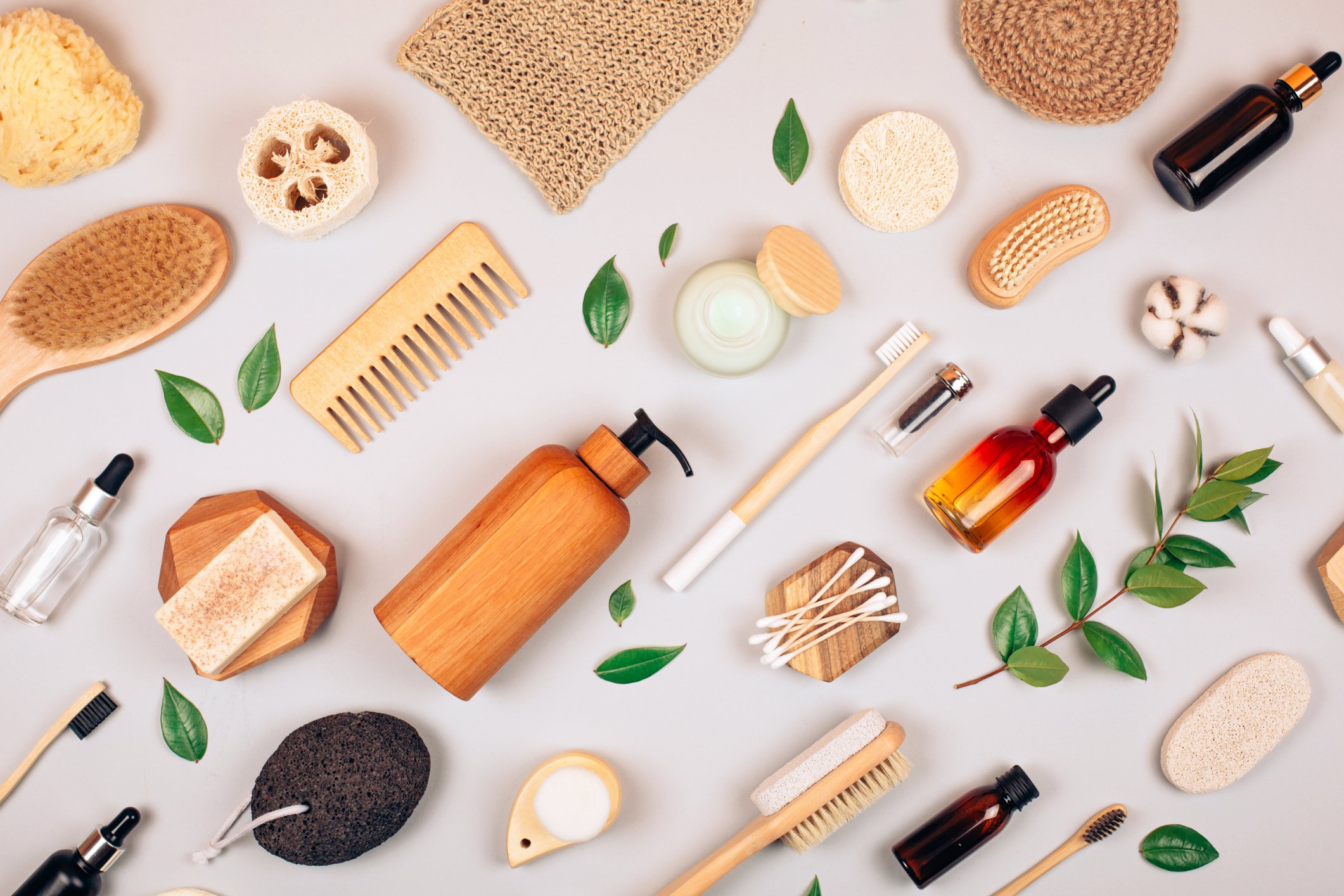Can You Travel with Essential Oils?
I often get asked if I travel with essential oils. I have found there is no reason to adjust my essential oil use when traveling. In fact, aromatherapy can be incredibly beneficial while traveling because we are changing up our routine. This impacts our bodies in a variety of different ways. We are exposed to different foods, different experiences, different aromas and different sleep patterns. Traveling within itself may be stressful for some.
Some of the links in this article are affiliate links. I take my recommendations very seriously and may receive a small commission from certain sales (without any extra cost to you). This helps me continue to create free, high-quality content to serve you better.
Some benefits of utilizing essential oils while traveling:
Reduces stress and anxiety that come with traveling
Improves sleep quality
Relieves headaches or muscle tension
Moisturizes skin and reduces redness and blemishes
Help mask unpleasant odors
Boosts energy when jet lagged
Digestion support
Eases motion sickness
Soothes sunburn
Relieves bug bites and other skin irritants
Creates positive memory scent associations
Some of my favorite essential oils for travel are for sleep support (lavender, black spruce, juniper, cedarwood), stress (cbd, frankincense, hinoki, sandalwood, bergamot) fatigue (peppermint, lime) digestion support (peppermint, ginger), unpleasant odors (lemongrass, orange, lemon), and respiratory support (eucalyptus). I also make sure I pack my hormone support roller which contains clary sage, geranium, frankincense and cypress.
I ALWAYS pack one diffuser. I never regret sacrificing luggage space for a diffuser! Diffusing essential oils in a new atmosphere or hotel room while traveling is extremely beneficial for the mind and body. I pack my diffuser in a diffuser travel bag made from Baggage and Co (Use coupon code HOLLY15 for 15% off your order). I’ve packed it in my carry-on as well as checked bag without ever having a problem. Save space by wrapping the cord of the plug and storing it inside the diffuser!
I especially enjoy using a diffuser while my kids are settling down for the day and getting ready for bed. If you have children, then you know it is not easy for them to sleep in a new place. It’s even hard for me as an adult at times!
Here’s the cool thing about using essential oils for bedtime:
A consistent bedtime routine is important for the quality of sleep for all children and adults. Having kids out of their routine and home is good for them but can also be challenging. When we create a bedtime routine at home utilizing essential oils, it not only helps children relax to fall asleep, but also helps them form a memory scent association. Their brain begins to associate those calming aromas with bedtime, and they fall asleep more easily.
When traveling, this plays an even bigger role! They are in a new place, surrounded by new sounds and sights, and possibly falling asleep at a different time than usual. When we pull out a sleepy blend from home, their restless and overtired brains begin to relax. The essential oil reminds them of home, calm, quiet, safety and peace. Due to this memory scent association, the brain and body then know what to expect next, which is bedtime.
Speaking of memory scent associations
Traveling somewhere new that you want to make memorable?
Create your own memory scent association by bringing a new essential oil or blend along. Diffuse, inhale from the bottle, or roll on during your trip. Years later, when you smell the aroma again, it will bring back vivid memories from that time. A few years ago, I diffused for the first time Hawaiian Sandalwood and Lime together on a family trip to Hawaii. Now, whenever I diffuse it, it brings me right back to that time. I have several friends who have created memory scent associations with essential oils on their honeymoons, while hiking Machu Picchu and visiting other exotic areas.
Scent evokes more emotional and evocative recollections than memories triggered by any other cue. (1) (2)
A few tips while traveling with essential oils:
Seal essential oil bottles tightly.
Avoid excessive exposure to heat or cold temperatures. Excessive heat can affect the chemical composition of essential oils.
When traveling by plane, you can pack essential oils in a carry-on or in a checked bag.
TSA rules on essential oils are the same as traveling with liquids. Current US-based airline regulations allow each passenger to bring one clear (zippered) quart sized bag on board in their carry-on. Each container placed inside the bag must be 3.4 ounces/100 milliliters or less. There is no limit in checked bags.
X-day scanners have not been proven to cause changes in the chemical composition or quality of essential oils.
I’ve never had any issues traveling with essential oils. Most TSA employees are aware and accepting of the use of essential oils however, if I ever was to be questioned from airport personnel, I would simply tell them I use them for health-related purposes. That is usually all the explanation that is necessary.
Worried about leaks? I have traveled dozens of times on airplanes with essential oils and have never had a leak. I store all of my essential oils and rollers in a storage bag from Modern Makerie.
One last tip:
When using essential oils while traveling, it is important to beware of fellow passengers. Even though we love the aroma of an essential oil, not everyone is so accepting or appreciative of benefits of a particular aroma. Some aromas can trigger negative memory scent associations for others. Aromatherapy inhalers are a great option to gain the benefits of essential oils without potentially impacting those traveling closely to you.
References:
Bartolomei F, Lagarde S, Médina Villalon S, McGonigal A, Benar CG. The "Proust phenomenon": Odor-evoked autobiographical memories triggered by direct amygdala stimulation in human. Cortex. 2017 May;90:173-175. doi: 10.1016/j.cortex.2016.12.005. Epub 2016 Dec 18.
Herz, Rachel. (2007) The Scent of Desire. New York, NY: HarperCollins Publishers.
Disclaimer: This blog is for general informational purposes only and does not constitute the practice of medicine, nursing or other professional health care services, including the giving of medical advice. The use of information on this blog or materials linked from this blog is at the user's own risk. The content of this blog is not intended to be a substitute for professional medical advice, diagnosis, or treatment. Users should not disregard, or delay in obtaining, medical advice for any medical condition they may have, and should seek the assistance of their health care professionals for any such conditions.


